Autism and Puberty
Unveiling the connection between autism and puberty. Discover challenges, changes, and support for individuals on this journey.
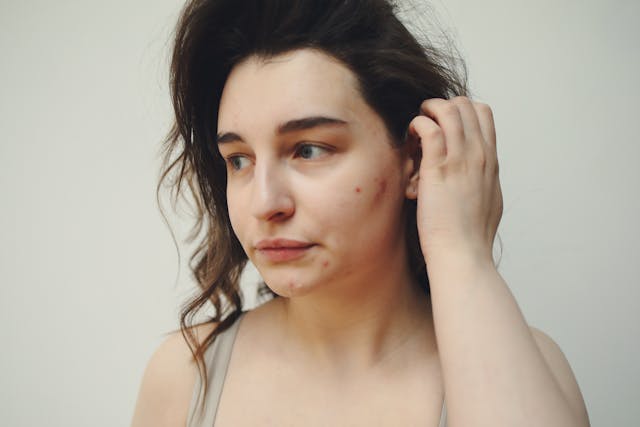
Understanding Autism and Puberty
To comprehend the unique experiences faced by individuals with autism during puberty, it is essential to have a clear understanding of both autism and puberty.
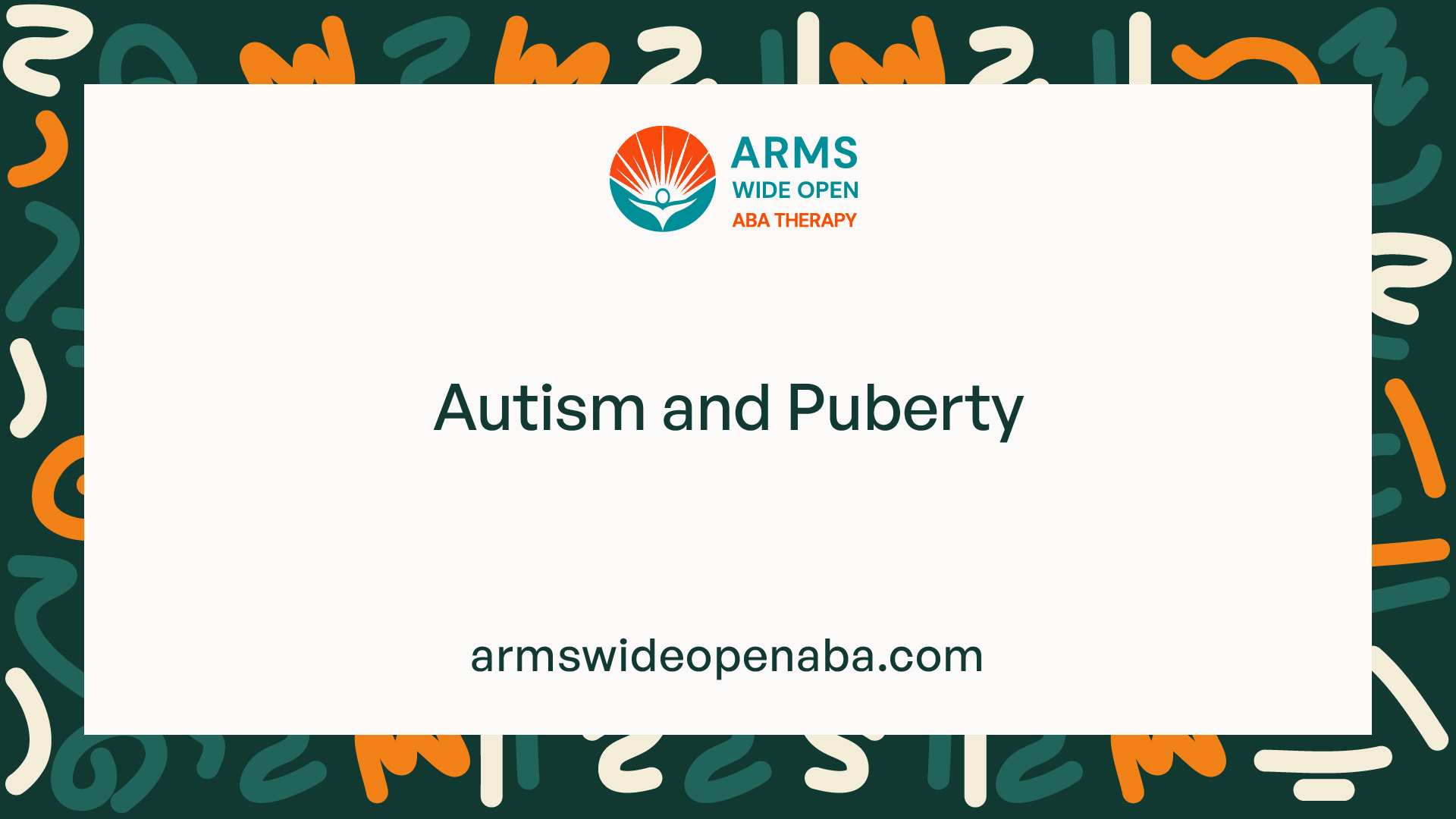
What is Autism?
Autism, also known as Autism Spectrum Disorder (ASD), is a neurodevelopmental disorder that affects an individual's social interaction, communication skills, and behavior. It is characterized by a wide range of symptoms and varying degrees of severity.
People with autism may experience challenges in social interactions, such as difficulty understanding social cues, maintaining eye contact, and engaging in reciprocal conversations. They may also exhibit repetitive behaviors, intense interests in specific topics, and sensory sensitivities.
What is Puberty?
Puberty is a natural stage of development that marks the transition from childhood to adolescence. It is a period of significant physical, hormonal, and emotional changes. During puberty, the body undergoes transformations to prepare for sexual maturity and reproductive functions.
In girls, puberty typically begins between the ages of 8 and 13, while in boys, it generally starts between 9 and 14. The timing and duration of puberty can vary among individuals.
The physical changes of puberty include the development of secondary sexual characteristics such as breast growth in girls and the deepening of the voice and facial hair growth in boys. Hormonal changes also occur, leading to the maturation of the reproductive system.
Understanding autism and puberty is crucial to provide appropriate support and guidance to individuals on the autism spectrum as they navigate through this transformative stage of life. By recognizing the specific challenges they may face, we can develop strategies and interventions to help them cope with the changes and thrive during puberty.
Challenges Faced by Individuals with Autism during Puberty
Puberty is a period of significant physical, emotional, and social changes for all individuals. However, individuals with autism may face unique challenges during this developmental stage. Let's explore some of the specific difficulties they may encounter.
Sensory Sensitivities
Individuals with autism often experience sensory sensitivities, which can become more pronounced during puberty. The hormonal changes and increased awareness of their surroundings can intensify sensory issues. Common sensory challenges include:

Understanding and accommodating these sensory sensitivities is crucial in providing support to individuals with autism during puberty.
Social and Emotional Changes
Puberty brings about significant social and emotional changes for all individuals, and these changes can be particularly challenging for individuals with autism. Some common difficulties they may encounter include:
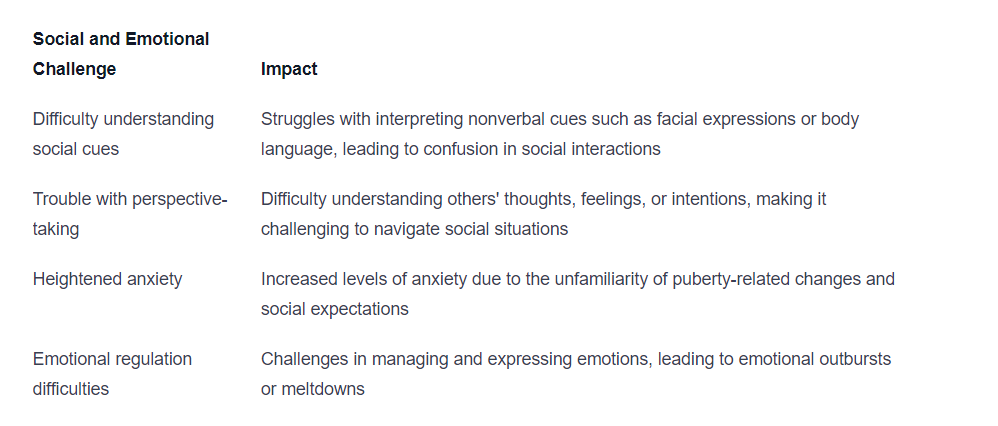
Supporting individuals with autism during this time involves providing social skills training, promoting emotional regulation strategies, and creating a safe and understanding environment.
Communication and Social Skills
Puberty can also impact communication and social skills development in individuals with autism. Some challenges they may face include:

Providing structured social skills training, visual supports, and encouraging peer interactions can help individuals with autism improve their communication and social skills during puberty.
Understanding these challenges is crucial in supporting individuals with autism as they navigate the complexities of puberty. By creating a supportive environment, addressing sensory sensitivities, and providing social and emotional support, we can help individuals with autism thrive during this transformative stage of their lives.
Physical Changes during Puberty
Puberty is a period of significant physical changes that occur as individuals transition from childhood to adolescence. For individuals with autism, these changes can present unique challenges. Understanding and addressing these physical changes is essential in supporting individuals with autism during puberty. In this section, we will explore the body changes and hormonal changes that occur during this stage.
Body Changes
During puberty, both males and females experience various body changes. These changes include:
- Growth Spurt: Puberty is often accompanied by a rapid growth spurt, where individuals experience a significant increase in height and weight.
- Development of Secondary Sexual Characteristics: Secondary sexual characteristics, such as breast development in females and facial hair growth in males, start to develop during this time.
- Body Odor: Increased activity in sweat and oil glands leads to the development of body odor. Proper hygiene practices, including regular showering and using deodorant, can help manage this change.
- Acne: The increase in oil production can also lead to the development of acne. Maintaining a good skincare routine can help manage acne breakouts.
It's important to provide individuals with autism with the necessary information and support regarding these body changes. Open and honest communication, along with visual aids and social stories, can help individuals better understand and navigate these changes.
Hormonal Changes
Hormonal changes play a crucial role in the physical changes that occur during puberty. These changes can have an impact on emotions, behavior, and overall well-being. Although the exact effects may vary from person to person, some common hormonal changes include:
- Estrogen: Estrogen is the primary female sex hormone. It plays a vital role in the development of secondary sexual characteristics in females, such as breast development and the onset of menstruation.
- Testosterone: Testosterone is the primary male sex hormone. It contributes to the development of secondary sexual characteristics in males, such as facial hair growth and deepening of the voice.
Hormonal changes during puberty can lead to mood swings, increased emotional sensitivity, and changes in behavior. It's important to create a supportive and understanding environment where individuals with autism feel safe expressing their emotions. Providing appropriate coping strategies, such as mindfulness techniques or engaging in physical activities, can also help individuals manage these hormonal changes.
Understanding and addressing the physical changes that occur during puberty is crucial in supporting individuals with autism during this transitional period. By providing information, creating a supportive environment, and addressing individual needs, we can help individuals with autism navigate these physical changes with confidence and ease.
Supporting Individuals with Autism during Puberty
Puberty can be a challenging time for individuals with autism, as they may face unique difficulties in navigating the physical, emotional, and social changes that occur during this period. Providing appropriate support and creating a supportive environment can greatly contribute to their well-being. Here are some strategies to support individuals with autism during puberty.
Creating a Supportive Environment
Creating a supportive environment is crucial for individuals with autism during puberty. Here are some key considerations:
- Predictability and Routine: Maintaining a predictable and structured routine can help individuals with autism feel more secure and reduce anxiety. Clearly communicating any changes to the routine in advance can also be beneficial.
- Visual Supports: Visual supports such as schedules, visual cues, or social stories can assist individuals with autism in understanding and following daily routines, expectations, and social situations.
- Safe Spaces: Providing a designated safe space where individuals with autism can retreat to when feeling overwhelmed or overstimulated can help them regulate their emotions and sensory experiences.
Developing Social Skills
Puberty brings about significant social changes, and individuals with autism may need support in developing social skills. Here are some strategies:
- Social Skills Training: Social skills training programs can be beneficial in teaching individuals with autism important social cues, appropriate behavior, and communication skills. These programs can be provided in various settings, such as schools, therapy centers, or community organizations.
- Role-Playing and Modeling: Role-playing and modeling social interactions can help individuals with autism understand and practice appropriate social behavior. Engaging in activities that promote turn-taking, sharing, and perspective-taking can also enhance their social skills.
- Peer Support: Encouraging interactions with peers through structured activities, clubs, or support groups can provide opportunities for individuals with autism to practice social skills in a supportive and inclusive environment.
Addressing Sensory Challenges
Individuals with autism often have sensory sensitivities that can be heightened during puberty. Here are some ways to address sensory challenges:
- Sensory Breaks: Offering regular sensory breaks can help individuals with autism regulate their sensory experiences. These breaks can include providing access to quiet spaces, offering tools like earplugs or sensory toys, or allowing individuals to engage in preferred sensory activities.
- Sensory Diet: Developing a sensory diet tailored to the individual's needs can assist in managing sensory sensitivities. This may involve incorporating activities that provide sensory input, such as deep pressure massages, weighted blankets, or movement breaks.
- Environmental Modifications: Making environmental adjustments, such as reducing noise levels, providing adequate lighting, or minimizing visual distractions, can create a more sensory-friendly environment for individuals with autism.
By creating a supportive environment, focusing on social skill development, and addressing sensory challenges, we can provide valuable support to individuals with autism during the puberty stage. These strategies can help them navigate the changes and challenges they may encounter, promoting their overall well-being and ensuring a positive transition into adulthood.
Professional Support and Resources
Navigating puberty can be challenging for individuals with autism, but with the right professional support and resources, they can receive the necessary guidance and assistance. Working with healthcare professionals, accessing therapy and interventions, and utilizing helpful resources can make a significant difference in supporting individuals with autism during this transitional period.
Working with Healthcare Professionals
Collaborating with healthcare professionals who specialize in autism can provide valuable insights and strategies for managing the challenges of puberty. These professionals may include pediatricians, developmental pediatricians, psychiatrists, or psychologists. They can help address specific concerns related to autism and puberty, provide guidance on managing behaviors, and offer advice on any necessary medical interventions.
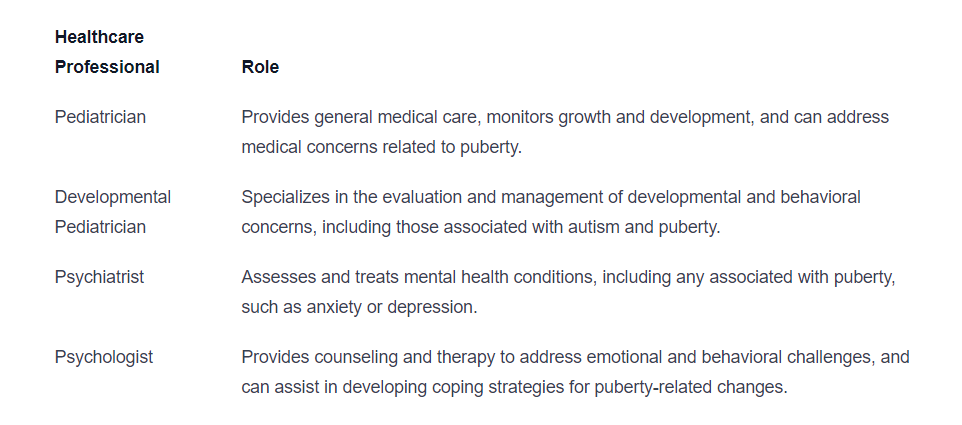
Therapy and Interventions
Therapy and interventions play a crucial role in supporting individuals with autism during puberty. These specialized approaches can help individuals develop social skills, manage sensory sensitivities, and navigate the emotional and communication changes that come with puberty.
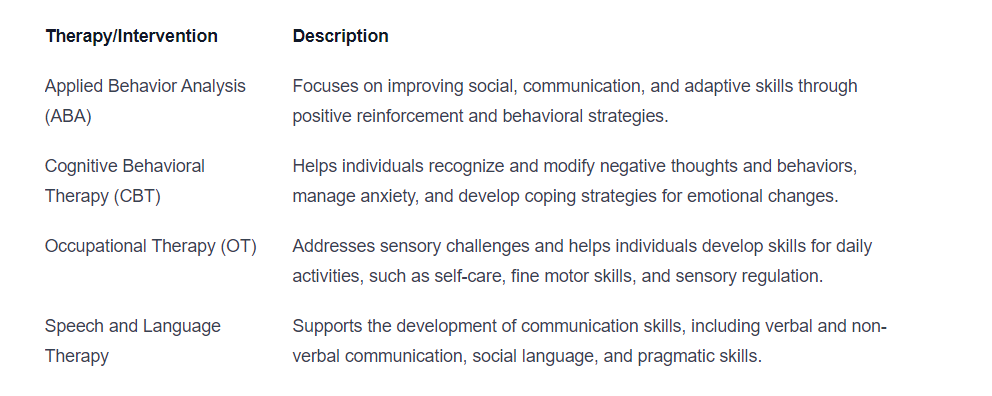
Helpful Resources for Parents and Caregivers
Parents and caregivers of individuals with autism can benefit from accessing helpful resources that provide information, support, and practical strategies for managing puberty-related challenges. These resources can offer guidance on understanding autism and puberty, providing a supportive environment, and addressing specific concerns.

By seeking professional support, utilizing therapy and interventions, and accessing helpful resources, parents and caregivers can provide the necessary guidance and support for individuals with autism as they navigate the challenges of puberty. Remember, each individual is unique, so it's important to tailor the support and resources to their specific needs and preferences.
Sources
https://www.spectrumnews.org/features/deep-dive/puberty-and-autism-an-unexplored-transition/
https://www.autismspeaks.org/expert-opinion/autism-and-puberty
https://www.massgeneral.org/children/autism/lurie-center/puberty#
Similar articles
We’re here to help you

Our team is here to assist you in this process. Contact us for any assistance.
it’s easy to apply
We Accept Most Insurances
Our in-network insurance partnerships make ABA therapy more accessible to families throughout our service areas.







Our Insurance Process
We'll request your insurance details to help us verify your plan's coverage for ABA therapy. Once we've received this information, we'll walk you through your benefits, including copayments, deductibles and out-of-pocket maximums, so you know what to expect in advance.
Our team will then handle the preauthorization and all the necessary paperwork.
.svg)





















.jpeg)


































.jpeg)




.jpeg)







.jpeg)











.jpeg)
















